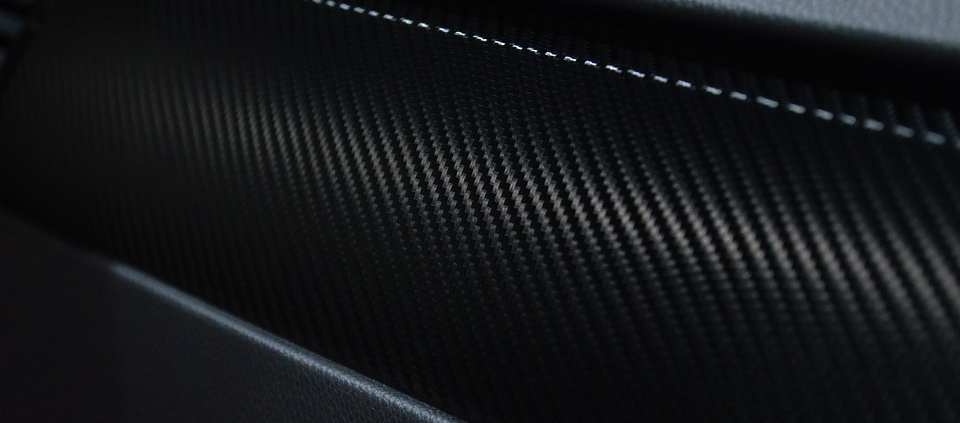A Primer on Fiber Reinforced Plastics (FRP)
Fiber Reinforced Plastics is a composite material also known as fiber reinforced polymers, Fiber reinforced composites (FRC), Glass Reinforced Plastic (GRP) and Polymer Matrix Composite (PMC).
The polymer is made of fibers made of glass or carbon and sometimes aramid, basalt, wood and paper have also been used. These are used to enhance its properties. The marine, automotive and aerospace industries have employed its use most because FRP composites are lighter and have more supreme performance in terms of corrosion-resistance and low weight to strength ratio.
What is the definition?
Fiber Reinforced Polymer is defined as a polymer (or Plastic) matrix which can be either a thermostat or a thermoplastic. It’s combined with a fiber or any other reinforcing material that has a suitable length to thickness ratio.
What is it made of?
The four main ingredients of Fiber Reinforced Plastic are:
- Resins (Thermoset and thermoplastic)
- Reinforcements-Fibers and Forms (Can be glass, carbon, natural, aramid)
- Fillers (includes inorganic compounds such as calcium carbonate, hydrous aluminum silicate, alumina trihydrate and calcium sulfate)
- Additives and Modifiers (includes colorants, release agents, catalyst, promoters and inhibitors)
A combination of resin and reinforcement along with the manufacturing process is used to create a customized composite for performance and cost effectiveness.
Each of the aforementioned ingredients plays a role in what the finished FRP product looks like. The resin acts like the glue that holds the agents together and the reinforcements provide strength.

Some of the most widely used Fiber Reinforced Plastics
- Acetal is a high strength, low friction plastic which has good chemical resistance. It has above average wear properties in both wet and dry environments. It’s a good choice for pump and valve parts as well as electrical components and bearings because it is easy to cut and machine. Moreover, it can hold complex and taut tolerances.
- PEEK is the go-to option for applications that need higher levels of thermal, chemical and combustion properties. It’s highly resistant to chemicals, fatigue, creep and stress-cracks.
- Nylon is the most versatile and cost-effective option and is used frequently in thermoplastic resins. It is highly resistant to corrosion, chemical, impact and abrasion. Nylon which is glass reinforced is ideal for applications that need higher compressive strength and rigidity.
- PTFE is also known as Teflon and is one of the polymers that can operate at high-temperature ranges and electrical resistance. Other qualities include flexibility, hydrophobia and chemical inertness.
We use the highest quality material for commercial applications and offer onsite and mobile welding services. In addition to fiberglass tank repair, we also install, repair and modify FRP piping. For more information contact us today.


